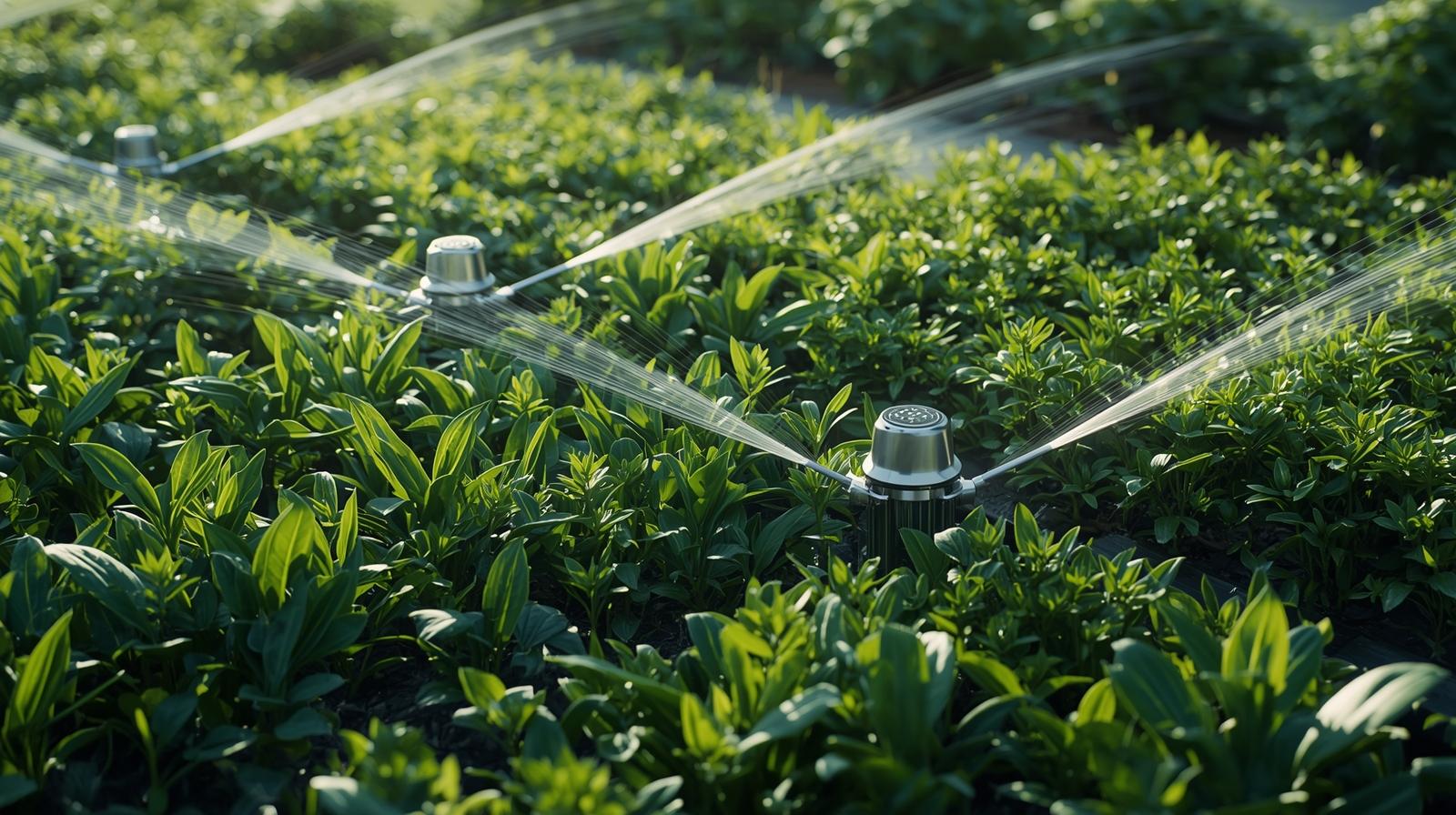The lawn and garden equipment market is witnessing a significant transformation, driven by innovations in smart irrigation technologies. As the world increasingly focuses on sustainable practices and efficient resource usage, this segment of the market is expected to thrive. Within the next decade, it is projected to reach a staggering USD 8,805.2 million. This article delves into the key factors contributing to this growth, the rise of smart irrigation, and what the future holds for the lawn and garden watering equipment market.
The Rise of Smart Irrigation Systems
Smart irrigation refers to automated watering systems that optimize water use based on various environmental factors. Advanced technologies such as sensors, weather forecasting, and real-time data analytics allow these systems to operate more efficiently than traditional irrigation methods. Below are some key components of smart irrigation systems:
- Soil Moisture Sensors: These sensors measure the moisture level in the soil and determine when watering is necessary, significantly reducing water waste.
- Weather-Based Controllers: Utilizing weather data ensures that irrigation schedules align with environmental conditions, preventing overwatering during rainy days.
- Mobile Applications: Many smart irrigation systems are accompanied by mobile applications that enable users to manage and monitor their watering schedules from anywhere.
As homeowners and commercial property managers become more eco-conscious, the demand for smart irrigation systems continues to grow. This trend is expected to play a pivotal role in propelling the lawn and garden equipment market forward.
Market Trends Driving Growth
1. Increased Awareness of Water Conservation
With the ever-growing concerns surrounding water scarcity, cities and regions around the globe are implementing water conservation measures. Education and awareness campaigns about the importance of water management have led to a spike in adoption of smart irrigation solutions, which can significantly reduce water usage.
2. Technological Innovations
The rapid advancement of technology in the field of agriculture and gardening is opening up new opportunities for manufacturers. Innovations in IoT (Internet of Things), artificial intelligence, and machine learning are enabling more sophisticated irrigation management. These developments attract both residential and commercial consumers who are looking for efficient lawn care solutions.
3. Government Regulations and Incentives
Governments across various regions are rallying behind sustainability efforts, implementing regulations that encourage the use of water-efficient gardening equipment. Incentives such as tax rebates for installing smart irrigation systems further boost market growth, as both consumers and businesses seek to comply with new sustainability standards.
Impact of Urbanization on the Lawn & Garden Market
The global shift toward urbanization has also contributed to the growth of the lawn and garden equipment market. As more people move into cities, the demand for high-quality lawn care equipment increases to cater to smaller outdoor spaces. Urban dwellers are increasingly investing in their gardens and lawns, seeing them as vital to their overall well-being and aesthetic enjoyment.
- Container Gardens: Many urban residents adopt container gardening techniques, which require efficient watering practices to maintain the limited soil volume.
- Vertical Gardens: Space-saving gardening options such as vertical gardens embrace smart irrigation, enhancing water efficiency in a limited area.
As a result, the lawn and garden watering equipment market is adapting to the changing needs of consumers, incorporating smart technologies to meet the demands of urban lifestyles.
Future Outlook for the Lawn & Garden Equipment Market
The future of the lawn and garden equipment market looks promising with the integration of smart irrigation technologies. In particular, the following areas are expected to drive growth:
1. Expansion into Emerging Markets
Emerging markets are beginning to embrace smart irrigation technologies as they recognize the value of sustainability. Regions such as Asia and Africa are witnessing increasing investment in agricultural and landscape technologies, setting the stage for significant market expansion. As global economies continue to develop, so too does the opportunity for lawn and garden equipment manufacturers.
2. Collaborations and Partnerships
Many manufacturers are teaming up with tech companies to create more effective smart irrigation solutions. Collaborations that incorporate expertise from both gardening and technology sectors can lead to innovative products that attract more customers and meet the demands of a diverse market.
3. Increased Consumer Engagement
As technology advances, consumer engagement with lawn and garden care is expected to increase. More homeowners are likely to utilize mobile applications that provide insights into their gardens’ health, gardening tips, and product recommendations—streamlining the process to foster better yard care. Engaging consumers on multiple channels will be crucial for manufacturers as part of their marketing strategies.
Conclusion: Embracing the Future of Lawn & Garden Care
With growing consumer demand for efficient watering solutions and the increasing necessity of water conservation, the lawn and garden equipment market is poised for substantial growth by 2032. Smart irrigation is at the forefront of this movement, making it essential for manufacturers and consumers alike to embrace this change. The combination of sustainability practices, technological innovations, and increased consumer awareness will drive the market forward, shaping the landscapes of the future. It is clear that the lawn and garden watering equipment industry is evolving, and the time to adapt is now.

